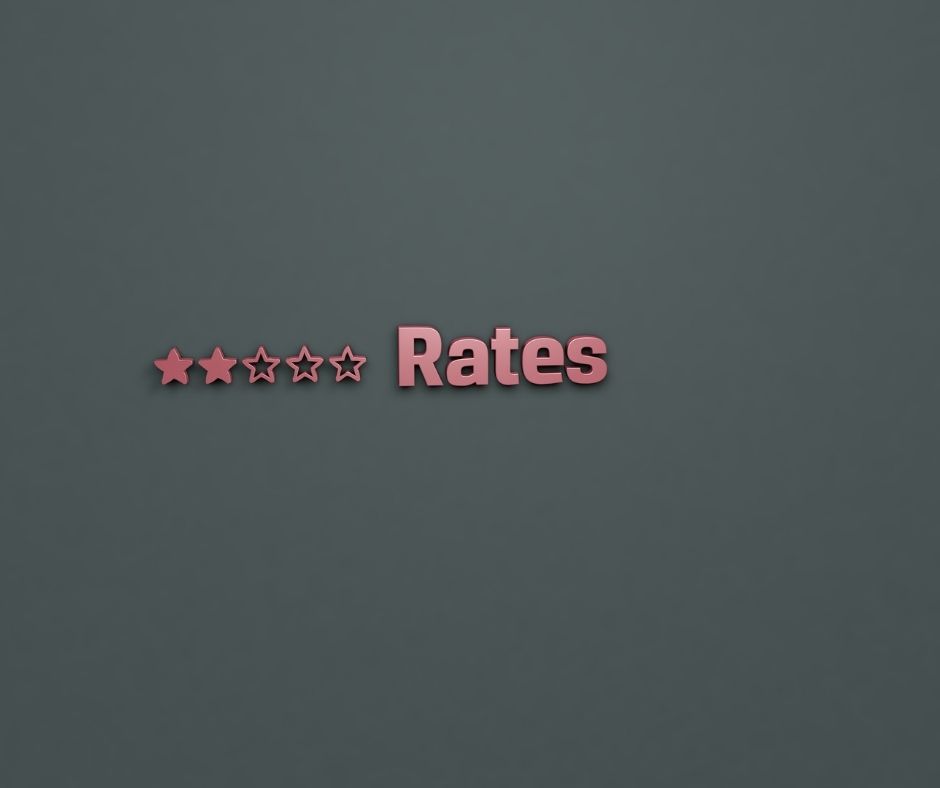final expense tv commercials
Easy qualification. A few final expense policies, because they offer lower coverage than other types life insurance, don't require you to have a medical examination. Most procedures can also be issued based only on answers to certain questions regarding your health.
One drawback of final expense is the fact that its face value is typically lower than those of term and life insurance. You should also remember that the death benefit can be used for anything by the beneficiary, even if you purchased the policy to help with funeral costs.
Final expense life insurance works well for older people who have to cover final expenses or funeral costs. The policy's death benefit is usually $5,000-$20,000. For those on a budget, the premiums can be cheaper.



